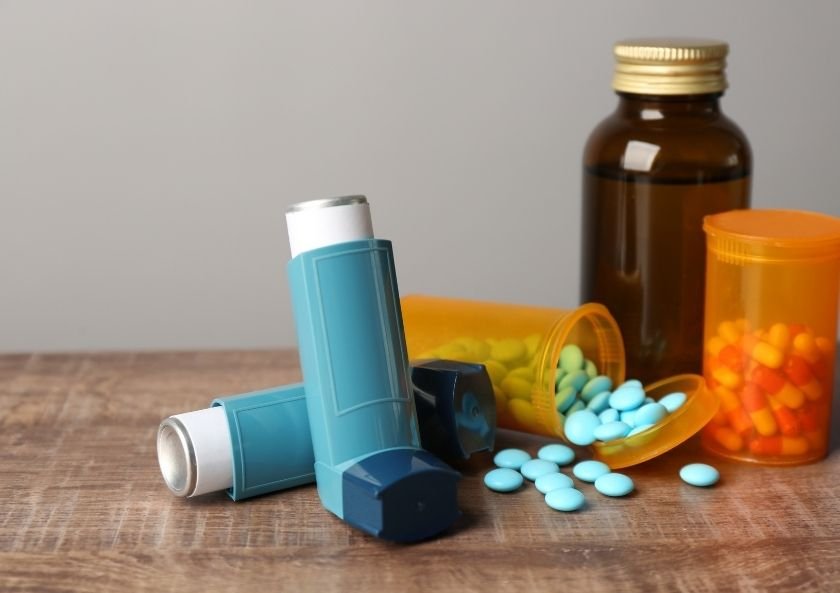Today, while new drugs are being developed for the treatment of diseases, allergic reactions occur in our body against these drugs. Drug allergies are not actually a very common allergic disease, but it has become more common with new drugs every day. In this article, we wrote about how drug allergy occur.
Considering the allergic reactions to drugs, they can be divided into 4 classes according to the classification system that defines the immune mechanisms.
This classification system includes:
Immunoglobulin E (IgE) antibodies (type I) mediated immediate-type reactions
Immunoglobulin E (IgE) antibodies formed against the drug during this response make these individuals sensitive to the drug. After that, if these sensitive people encounter the drug again, complaints of drug allergy occur. In this type of drug allergy, a period of time that varies from person to person is required for the person to become sensitized. Some people become sensitized after using a drug many times, while others develop symptoms much earlier after the second or third dose of the drug. In particular, complaints such as anaphylactic shock (allergic shock), urticaria (hives), angioedema, and shortness of breath occur in this way. These complaints occur rapidly, a few minutes or hours after the drug is taken. These allergic reactions can be revealed by tests.
Cytotoxic reactions mediated by immunoglobulin G (IgG) or immunoglobulin M (IgM) antibodies (type II)
Cytotoxic reactions mediated by immunoglobulin G (IgG) or immunoglobulin M (IgM) antibodies (type II) cause low blood cell counts such as thrombocytopenia and anemia, which are rare. It can occur immediately or later, although the duration is variable after taking the drug.
Immune complex reactions (type III)
Immune complex reactions (type III) may occur weeks after the drug is taken. Tables such as serum sickness, vasculitis, arthralgia, fever and rash can be seen 1-3 weeks after the drugs taken.
Delayed type reactions (type IV) elicited by cellular immune mechanisms
Delayed type reactions (type IV), which are caused by cellular immune mechanisms, are seen with most of the drugs exposed by contact. Contact dermatitis due to drugs or additives in creams applied to the skin is the most common allergic manifestation. Skin rashes that occur on the skin are associated with type IV allergies. They usually occur within 2-7 days after drug administration. Allergy tests can be done for these allergic reactions.
Apart from all these immune mechanisms, there are drugs that cause pseudoallergic reactions. Some drugs directly stimulate the allergy cells, causing the release of chemicals called histamine from the allergy cells. Such reactions are especially seen with NSAIDs, pain relievers, blood pressure medications containing ACEIs, and radiocontrast opaque substances, and cause serious reactions without using other pathways of the immune system.
How Drug Allergy Occurs
Since drug allergy occurs by different mechanisms, it leads to different complaints and clinical manifestations. Therefore, if a drug-induced allergic disorder is suspected, it is recommended to consult an allergist experienced in the diagnosis and treatment of drug allergy.



